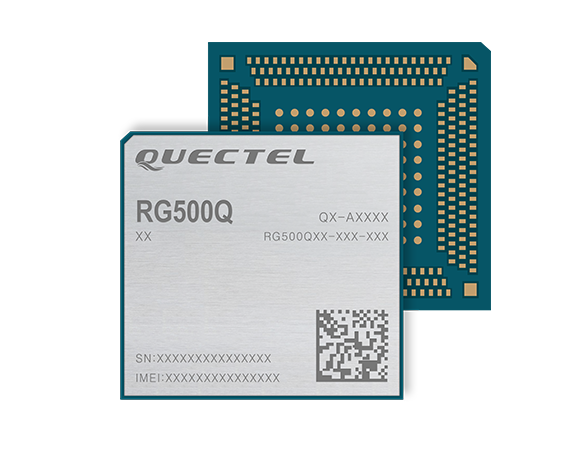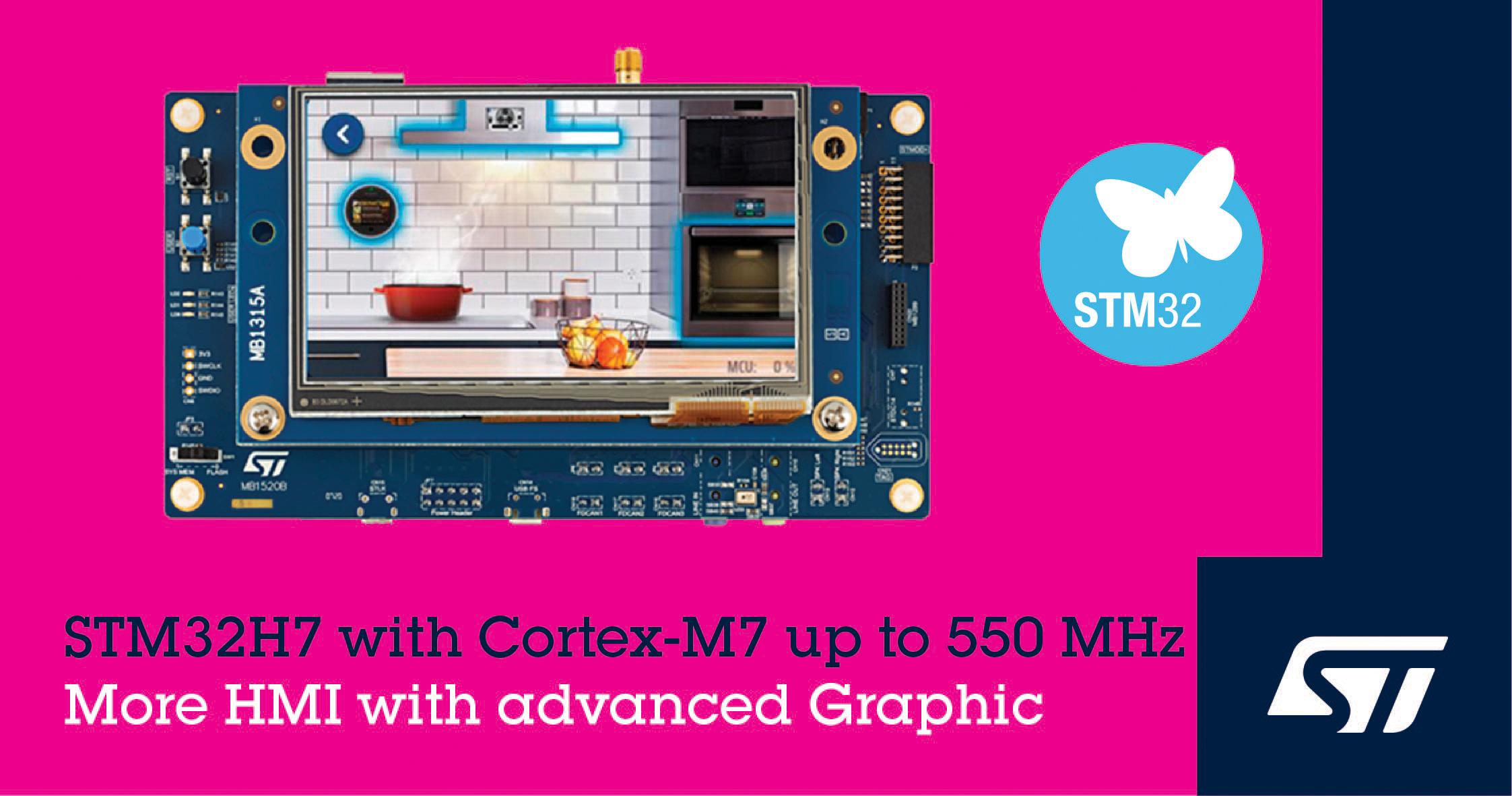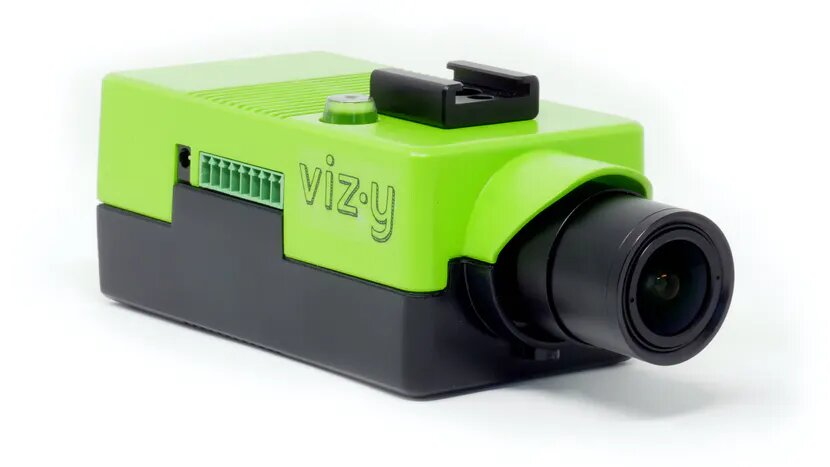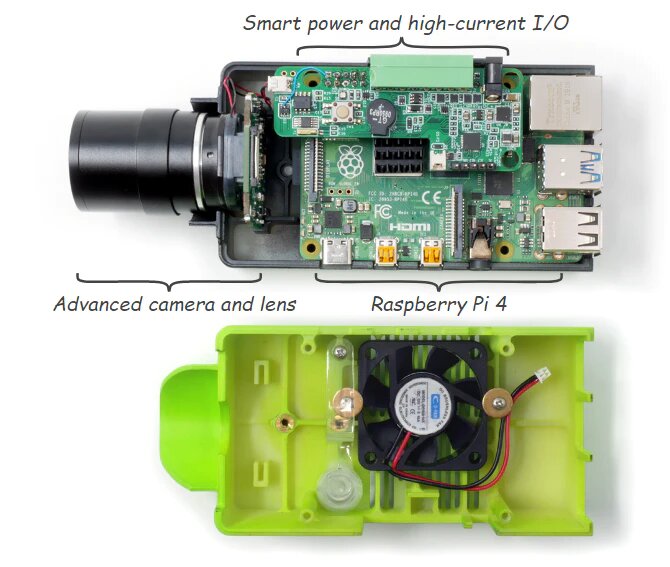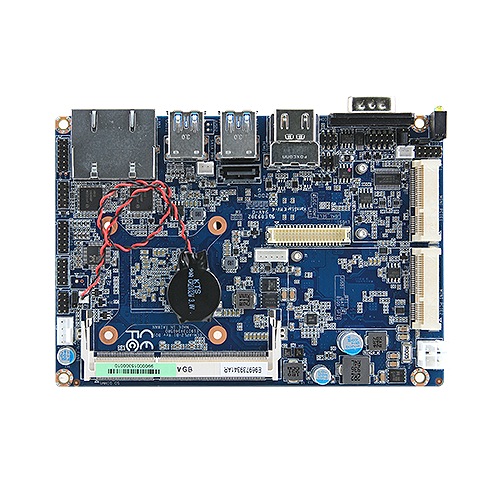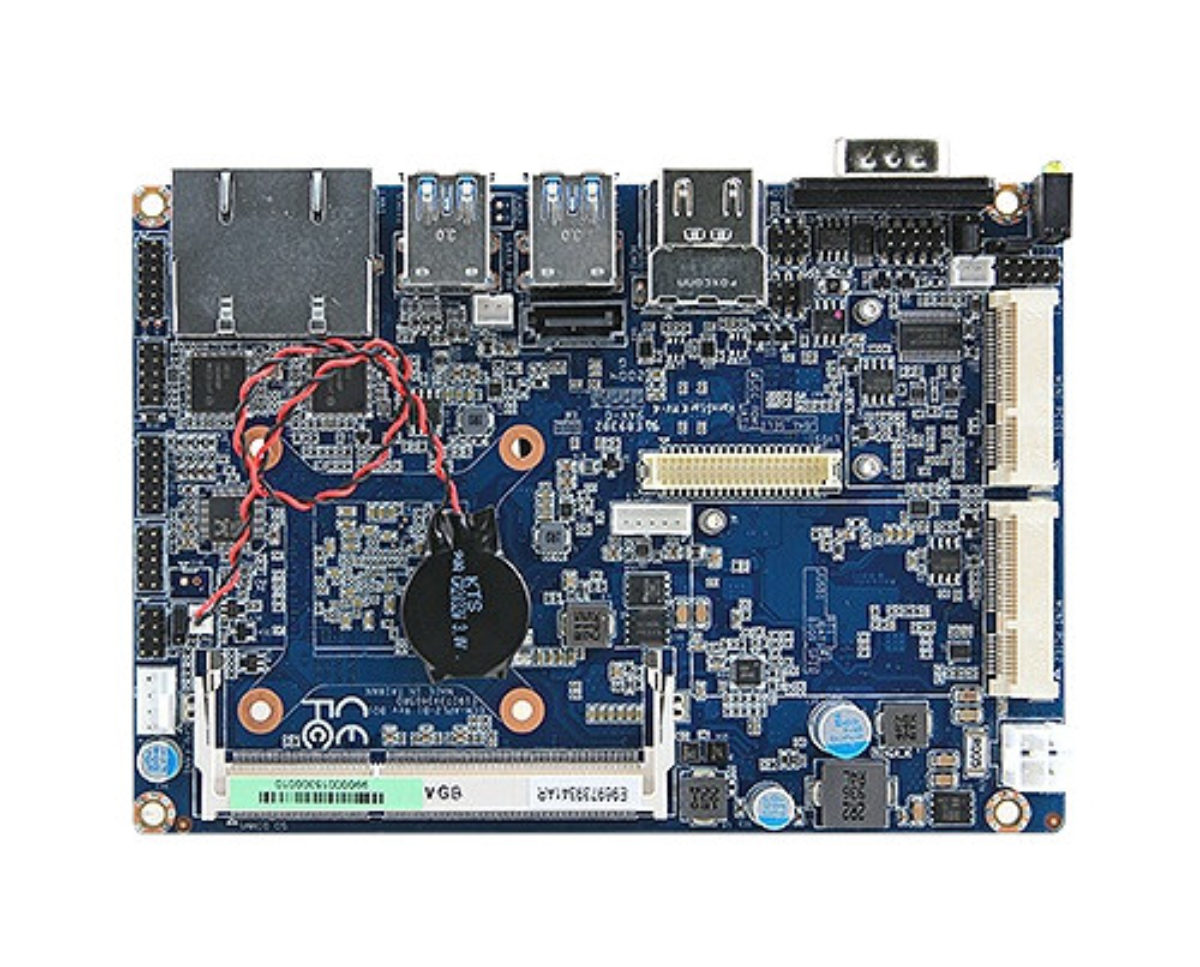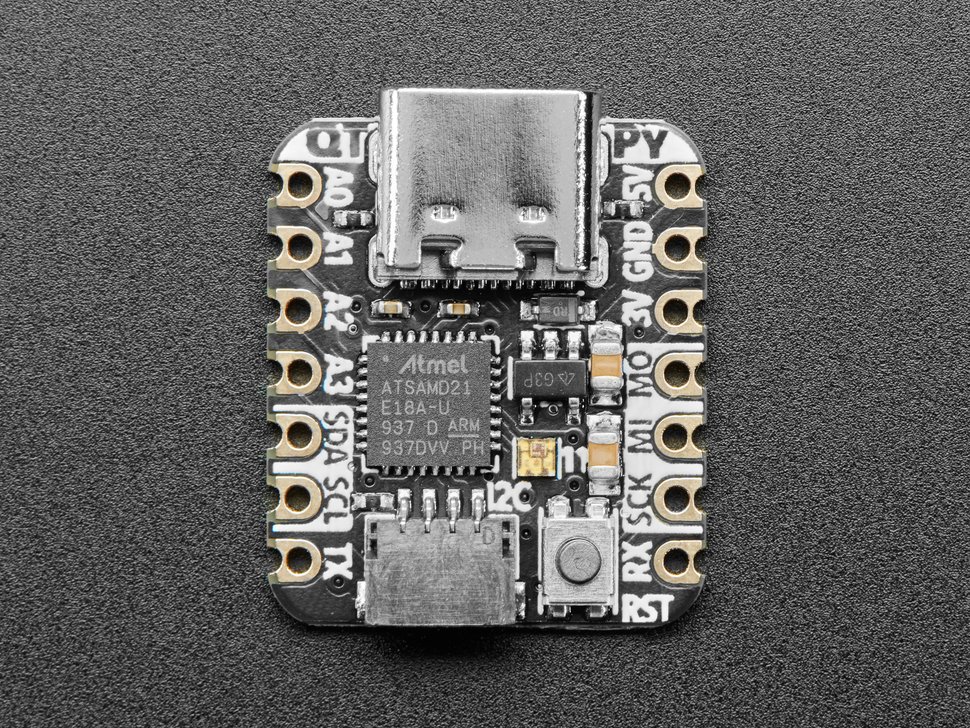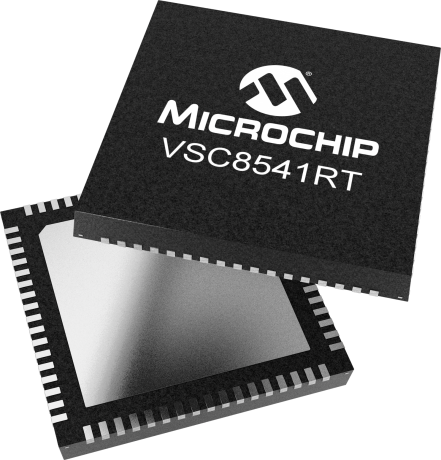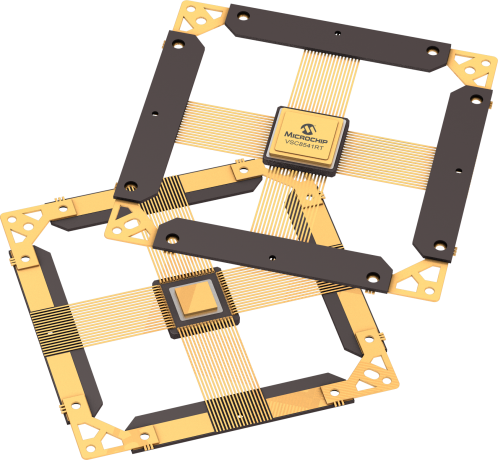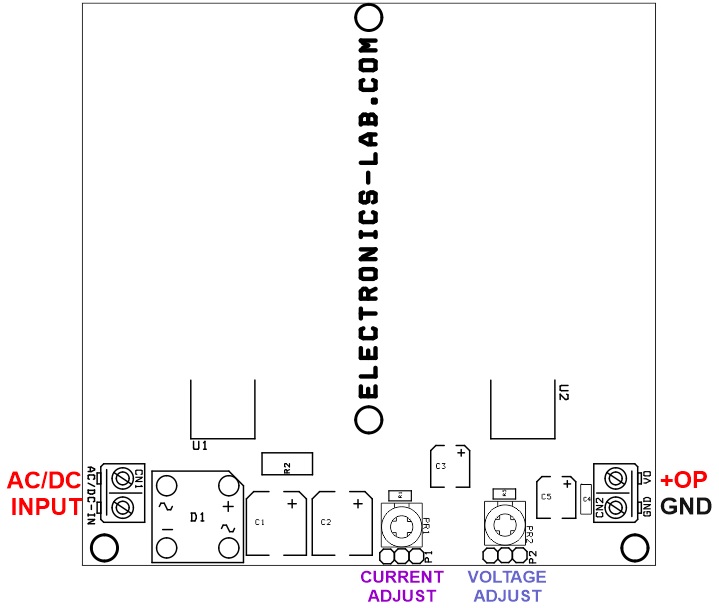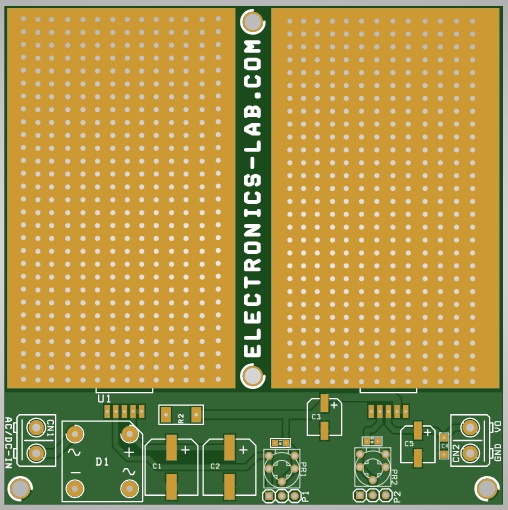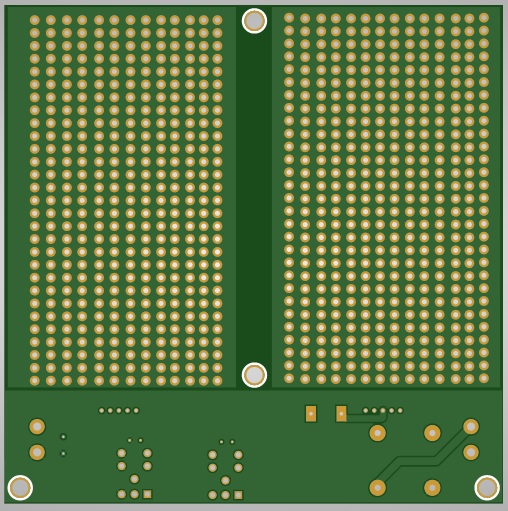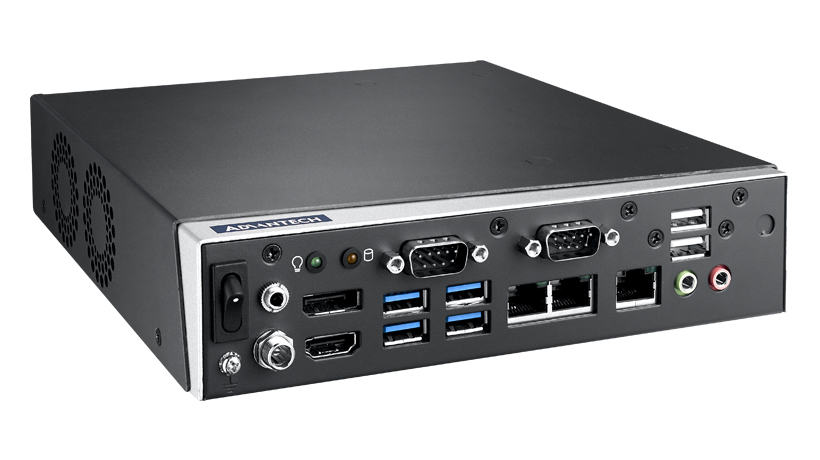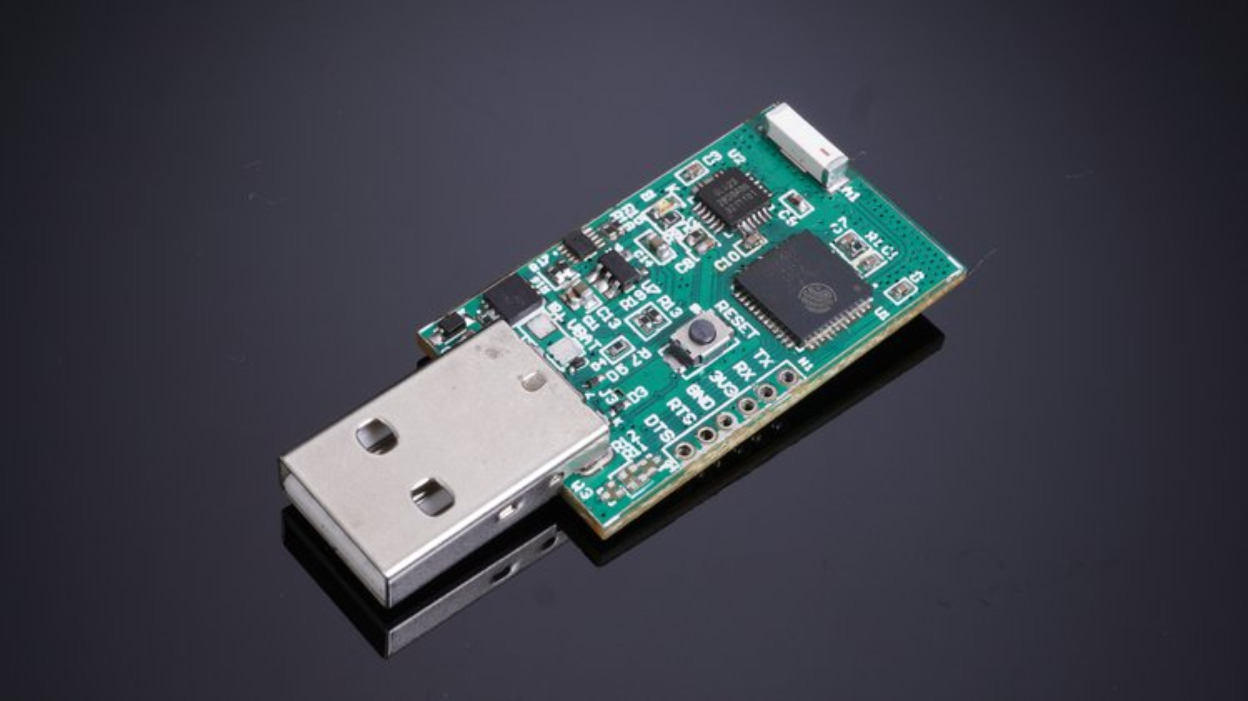
An Affordable, Open Hardware Storage device, Powered by ESP32 called Maypole has been announced on Crowdsupply. The Maypole is like a USB flash memory stick. At its core is the ESP32, which enables you to transfer files— over a 2.4 GHz Wi-Fi connection—to and from an onboard MicroSD card with room for up to 32 GB of data. When you configured the Maypole appropriately, it turns any USB port into a hub for wireless collaboration. The Maypole is very versatile, its built-in LiPo battery enables you to use it to back up your data without even plugging it in, or you can load it up with files through the USB interface and distribute those files to others, in a small group setting, without the malware risks that come from “passing it around.”
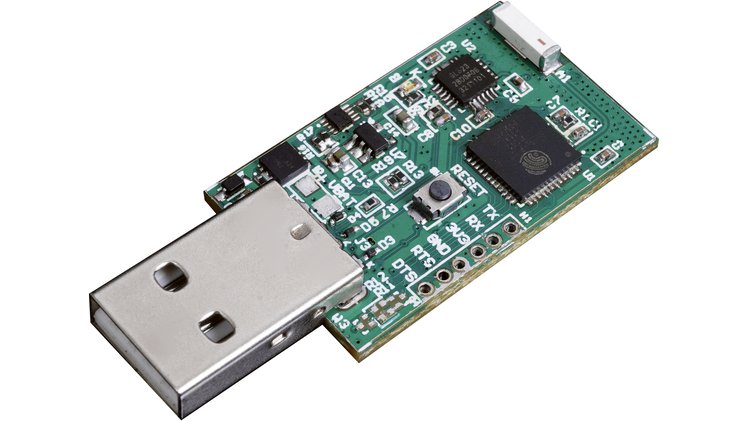
The Maypole can detect when it’s being sent new data, which enables it to disconnect from anything that might be using it as a mass storage device before updating the set of files that it makes available over USB. It can then re-connect automatically. Explaining this process, they say:
“Suppose, for example, you have a printer with the ability to read files from a USB flash drive. By plugging Maypole into that USB port, you can allow anyone on the local network to send print jobs. And it’s not just printers. Whether you’re in an industrial setting, a workshop, a lab, a makerspace, or your own living room, there’s a good chance you’re sharing the room with something that accepts input files through a USB port. Examples include sewing machines, CNC routers, laser cutters, car stereos, digital picture frames, laboratory equipment, video projectors, bench-top tools, and countless other devices.”
The company explains scenarios where you can apply the Maypole:
“Maypole works in the other direction as well. Suppose you’re installing a security camera in your office. While it’s easy enough, these days, to find a camera that stores video in the cloud, what if you want a little more control over such potentially sensitive data? You could buy a camera that records to an external USB device, but you’re still going to want that video stored “off site” (to ensure that it doesn’t disappear in the event of a break-in). Which is where Maypole comes in. Log footage directly to Maypole, then copy it down and delete it from anywhere within Wi-Fi range.”
Maypole offers you the opportunity to tinker. Using C/C++, MicroPython, or Lua—and a variety of cross-platform IDEs, including Arduino, VScode, PlatformIO, and Eclipse—you can customize its behavior, add functionality, or extend the platform. You can tweak the Maypole in various ways. You can add support for Bluetooth headphones and speakers, to make a portable music player or a collaborative jukebox, or you could add a feature that enables several Maypoles to synchronize the contents of their MicroSD cards with one another. You can also transfer files to and from Maypole over Bluetooth instead of Wi-Fi. About information on the Maypole, the company says:
“During the campaign, we will finalize and publish sample code and documentation that will walk you through the complete functionality of Maypole. Our goal is to ensure that anyone who wants to can not only use it, but can build upon it as well. And, of course, the ESP32 module itself is well-document by Espressif.”
Technical Specifications
- ESP32 – PICO – D4
- 240 MHz xtensa Ix6 dual-core processor
- 2.4 GHz Wi-Fi
- Bluetooth 4.2 and BLE
- Power
- Support for batteries up to 500 mAh
- Battery protection
- Automatic charging when Maypole is running off USB power
- Wi-Fi Modes: STA, AP, or AP+STA mode
- MicroSD: Supports for cards up to 32 GB
The project is coming soon on Crowdsupply, and you can signup to receive updates and be notified when the project launches.


